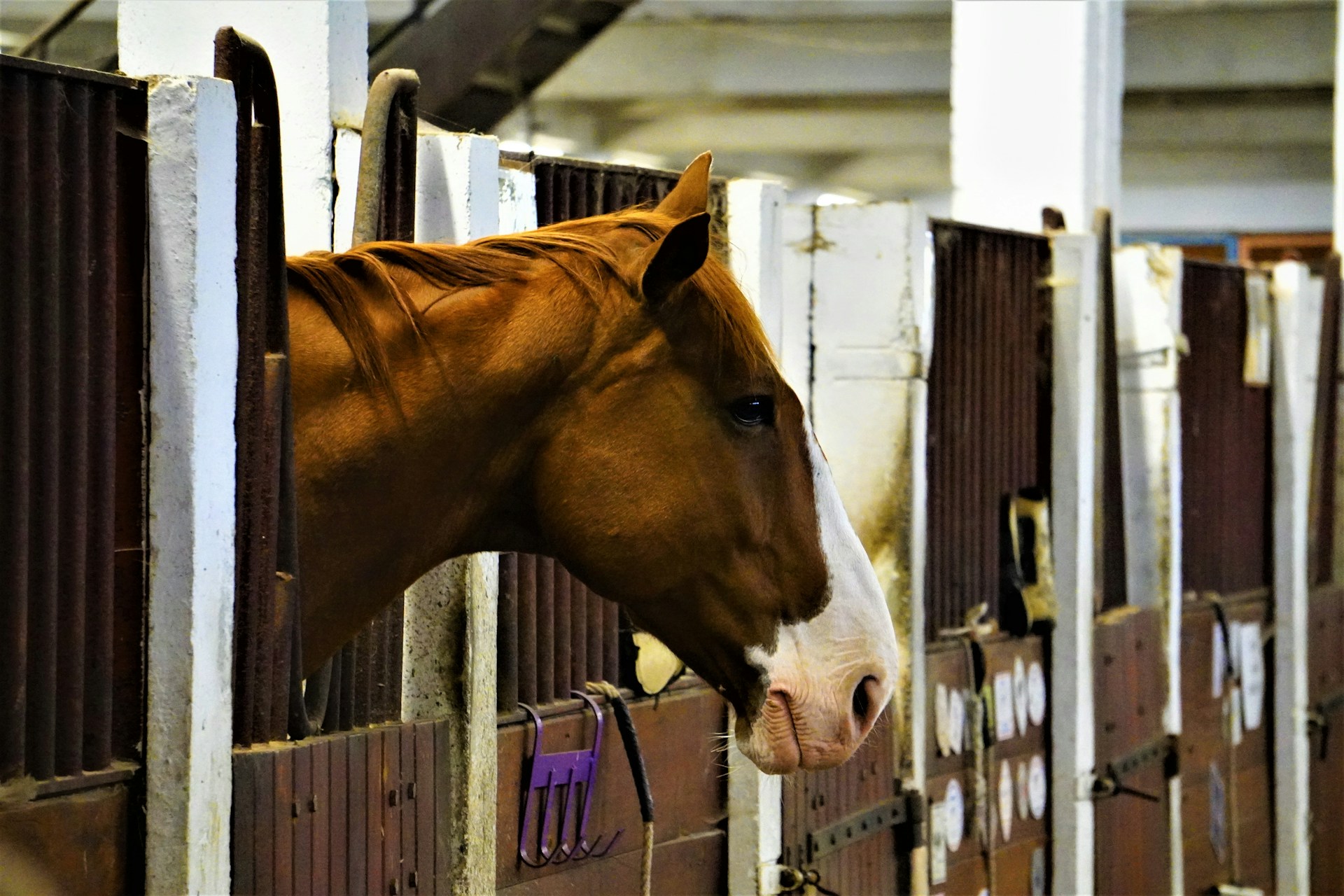You may have heard about it, but moving a horse stable in the UK countryside is not an easy task. But don’t be overwhelmed. It requires careful planning, diligent management, and well-thought-out execution. After all, it’s not just about moving the stable, but also about minimizing stress for your horses, ensuring their well-being, and adapting to the new surroundings.
There are, fortunately, some tried-and-tested strategies that you can implement to keep things running smoothly. In this article, we’ll provide you with actionable tips and insights that will help you navigate this process effectively.
Lire également : Can you explain how to set up an effective waste management strategy during a house move in the UK?
Preparing your Horse for the Move
Before anything else, the safety and well-being of your horses are of utmost importance. Begin by preparing them for the move.
Travel stress is a real risk for horses. It can result in dehydration, respiratory issues or even injuries. However, appropriate preparation can minimize these risks.
A lire également : How to ensure a smooth transition when moving to a UK home with smart home technology?
In the weeks leading up to the move, it may be beneficial to gradually acclimate your horse to the idea of travelling. Start by taking them on short trips, gradually increasing the length of time. The horse’s familiarity with the process will help to reduce stress and anxiety.
Water is an essential element of a horse’s diet, and you should ensure they have access to it during the trip. Dehydration can be a significant risk during travel, particularly on longer journeys. It’s also a good idea to feed them lightly before and during the journey to prevent digestive issues.
Stable Management and Bedding
Once your horse is ready for travel, the next step involves preparing the new stable.
Proper stable management is crucial. A clean and safe environment is vital for your horse’s well-being. On arrival, ensure the stable is clean, dry, and well-ventilated. The stall should be checked for any sharp edges or objects that could potentially injure your horse.
Bedding is another essential aspect to consider. It should be dry and comfortable. Straw, wood shavings, and shredded paper are all good options. Ensure that the selected bedding is free from mould and dust, as these can affect the respiratory health of your horse.
Feeding and Water Management
Moving to a new environment can sometimes disrupt a horse’s feeding and water consumption patterns.
Upon arrival, let your horses settle for a while before offering food. Initially, you may find it beneficial to keep to the same feed they were used to at their previous stable. Gradually, you can introduce new feed, if necessary, over several days to help avoid digestive upsets.
Just as with the travel, water is vital. Ensure your horses have constant access to fresh and clean water. Be aware that horses can be wary of water that smells or tastes different from what they’re used to. Consider bringing some water from the old stable to help them adapt to the change.
Time and Patience
Lastly, remember that time and patience are crucial for a successful move.
It will take time for your horses to adjust to their new surroundings. Allow them to explore the new environment at their own pace. It’s also essential to maintain a regular routine, as this will help create a sense of security and stability for your horses.
Every horse is unique, and what works well for one might not work as well for another. You know your horses better than anyone else, and you’re the best judge of their comfort and well-being.
Moving a horse stable within the UK countryside can be a challenging task. However, with careful planning, a focus on your horses’ needs, and a dose of patience, you can ensure a smooth transition for both you and your equine companions.
Winter and Respiratory Considerations
One of the factors that might come into play while moving your horse stable is the time of year. Particularly, winter can bring about its challenges that need to be accounted for.
During the winter, horses may have a higher risk of respiratory diseases due to the colder weather and damp conditions. Therefore, it is critical to ensure that your new stable is well-ventilated and dry, reducing the risk of respiratory problems.
Furthermore, horses can be more prone to injuries during winter. Slippery conditions caused by frost or snow can pose a risk, especially during travel. Therefore, you must take extra care of your horse’s legs during this time, checking for any signs of injury frequently.
Insulation in the new stable is also crucial during winter. The stable should be warm enough to keep your horse comfortable without overheating. Regularly checking your horse’s rectal temperature will help you to monitor their health and adjust the stable conditions if needed.
In addition, the horse’s diet may need to be adjusted during winter. Hard feed might be necessary to keep your horse in good condition, especially if the grass quality is poor during this time. Be prepared to make these changes and always consult with a vet or an expert like David Marlin for advice.
Post-Move Horse Care
After the move, it’s crucial to keep an eye on your horses and monitor them for any health problems. Moving can be stressful, and stress can sometimes lead to health issues. Checking rectal temperature, respiratory rate, and general behaviour regularly will help you keep a close eye on your horse’s health.
If you notice any changes, don’t hesitate to contact a vet. Early detection and treatment can make a significant difference in the outcome.
A post-move check-up with the vet is also a good idea. They can give your horse a thorough examination, ensuring that the move didn’t cause any hidden issues.
If you’re transporting horses over a long distance, remember to give them breaks during the journey. During these breaks, let them stretch their legs and have some water. This will help to reduce the risk of issues like dehydration and muscle stiffness.
Conclusion
Moving a horse stable within the UK countryside involves many factors — from preparing your horses for the move, managing the new stable, feeding and water management, considering seasonal factors and ongoing post-move care.
It’s not only about physically moving the stable but also about ensuring the well-being of your horses before, during, and after the move.
By following these comprehensive tips, you can make the process smoother and less stressful for both you and your horses. Remember that every horse is different, and what works for one might not work for another. Being attentive to the individual needs of your horse will go a long way in making the transition successful and stress-free.
In the end, your hard work and dedication will pay off when you see your horses thriving in their new home. With time, patience, and careful planning, moving a horse stable in the UK countryside can be a rewarding and fulfilling experience.






